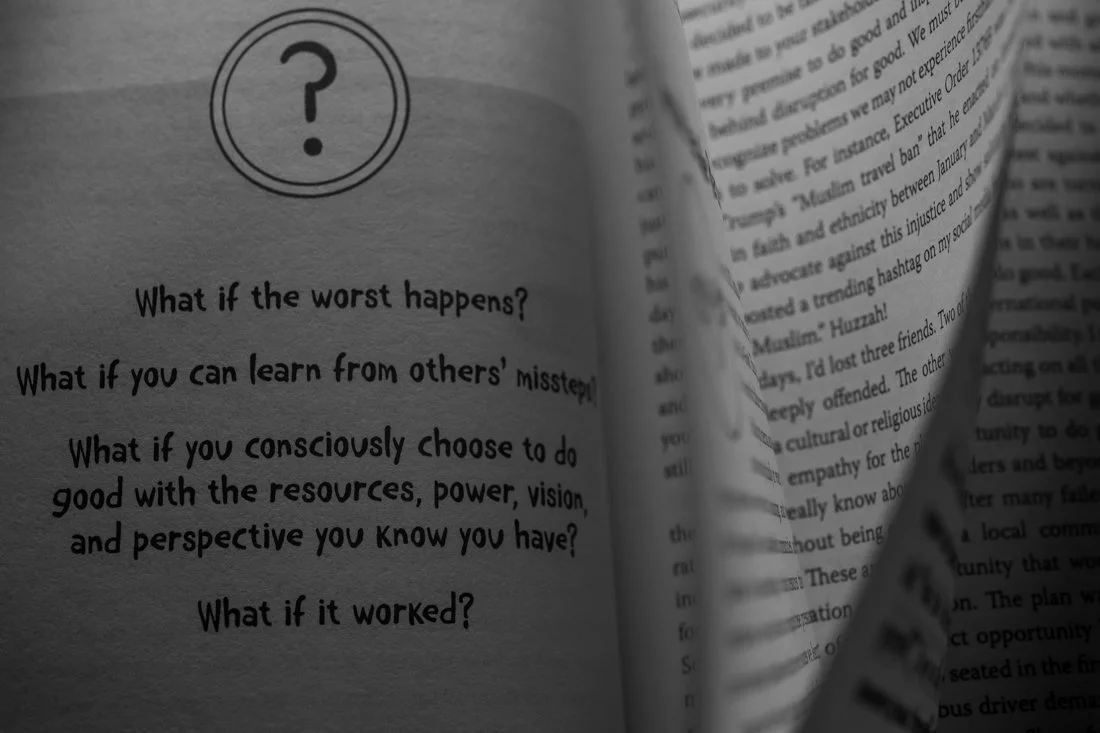How did we prepare for the session?
Given our long-standing relationship, Jess didn’t feel the need for a lot of strategic discussions—she trusted that I knew exactly what she needed - and her trust paid off.
She did, however, give me a heads-up that Almost Doing Good was packed with interesting and visually appealing design elements: repeated custom graphics, charts, illustrations, pull quotes, inset quotes, and contextual models. Honestly, when I opened the book, it felt like I hit the jackpot with the number of unique visual elements I had to work with. Often, titles I shoot are extremely straightforward - simple layout and zero visual pops - but this book was the complete opposite, saturated with opportunities.
Instead of struggling to meet the deliverable count, I had to pace myself to avoid overshooting all the different elements—it would have taken an entire day to capture everything, let alone edit and deliver them.
In terms of preferences for capturing specific text or illustrations, Jess gave me creative freedom. I told her to send me three copies of the book, allowing me to deliver a variety of cover, spine, and inside-page photos, incorporating the book itself as a background element for added branding.
As for location, I shot the session in my apartment, as I do for almost all of my book boudoir sessions. It offers a range of surfaces for the book to stand, lie flat, and lean against - and I never have to leave my place to do it!
